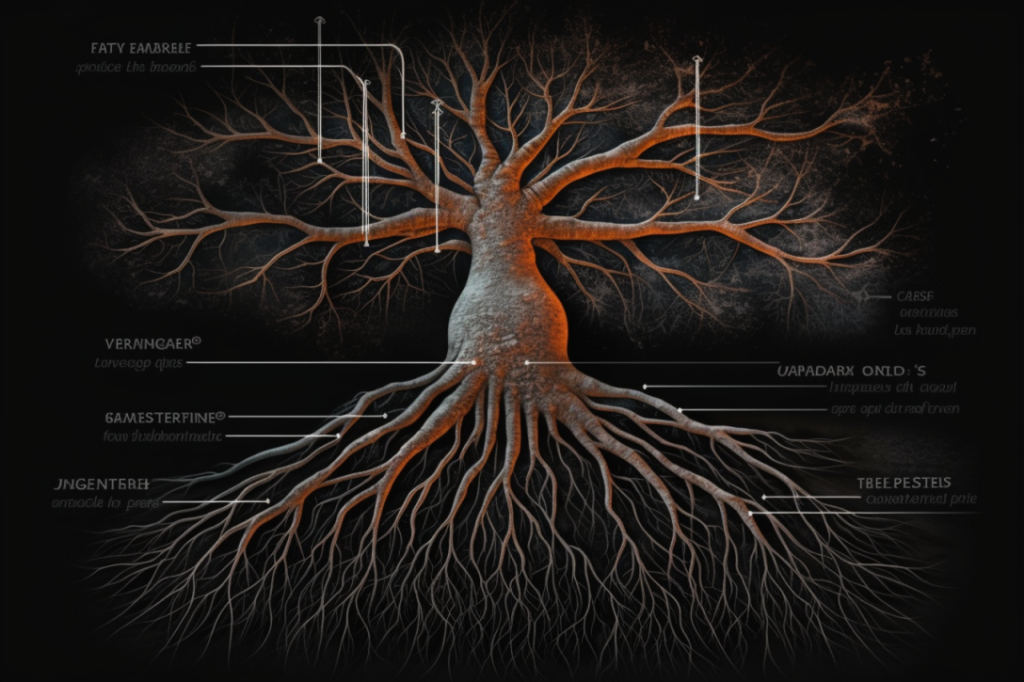During a hangout, one SEO professional asked John Mueller in the submitted Question and Answer segment about alt text.
They asked: Google has said that there’s a maximum of 16 words that you can use in alternative text.
Will Google read the rest of their alt text? And what does this mean for usability?
John answered that the important part here is they don’t have any guidelines regarding how long your alt text can be.
From a Google search perspective, you can put a lot of things in the alt text for an image, if that’s relevant for that particular image.
When it comes to the alt text, Google primarily uses it to better understand the image.
If someone is searching in Google Images for something that matches the alt text, then Google can use that to understand that your image is relevant for that alt text on that specific page.
That is the primary use case of alt text.
Google also uses alt text as part of the page. But to John, that’s usually something that is already visible on the page anyway, so this is something that is less critical to the page itself.
John would really use it as something that applies to the image. And he would use it for usability reasons, and for Google Images to better understand that specific image.
John adds that what may also be worth mentioning is when it comes to Google Images, you don’t necessarily need to describe exactly what’s in the image, but rather what this image kind of means for your particular page.
If you have a picture of a beach, then you could use alt text and say “Oh, this is a beach.”
But, you could also say “This is the beach in front of our hotel,” or “This is the beach that we took a photo of when we were doing a chemical cleanup,” etc.
These intents are very different. And people would be searching in different ways in Google Images to find more information here. And some of this extra content can give the image more context that Google can understand.
This happens at approximately the 46:52 mark in the video.
John Mueller Hangout Transcript
John (Submitted Question) 46:52
And so it’s a food blogger. And the first question is, Google said, that there’s a maximum of 16 words that you can use in your alt text. And the question is kind of like, does Google read the rest of my alt text? And like, what does this mean for usability?
John (Answer) 47:09
And I think the important part here is we don’t have any guidelines with regards to how long your alt texts can be. So from a Google search point of view, you can put a lot of things in the alt text for an image, if that’s relevant for that particular image. When it comes to the alt text, we primarily use that to better understand the image. So if someone is searching in Google Images for something that kind of matches the alt text, then we can use that to understand that your image is relevant for that alt text on that specific page.
That’s kind of the primary use case of the alt text, we do also use the alt text as a part of the page. But to me, that’s usually something that is already visible on the page anyway, so it’s less something that is critical to the page itself. So I would really use it as something that applies to the image. And I would use it for usability reasons, and for Google Images to better understand that specific image. And I think what might also be worth mentioning is when it comes to Google Images, you don’t necessarily need to describe exactly what is in the image, but rather kind of like what this image means for your particular page.
So if you have a picture of a beach, you could use an alt text and say, Oh, this is a beach. But you could also say, this is the beach in front of our hotel, or this is the beach that we took a photo of when we were doing a chemical cleanup. And kind of those intents are very different. And people would be searching in different ways in Google Images to find more information there. And kind of giving that extra content context always makes sense, in my opinion.









